Findings at tomb complex in Anhui give archeologists insights into society of ancient Chu era
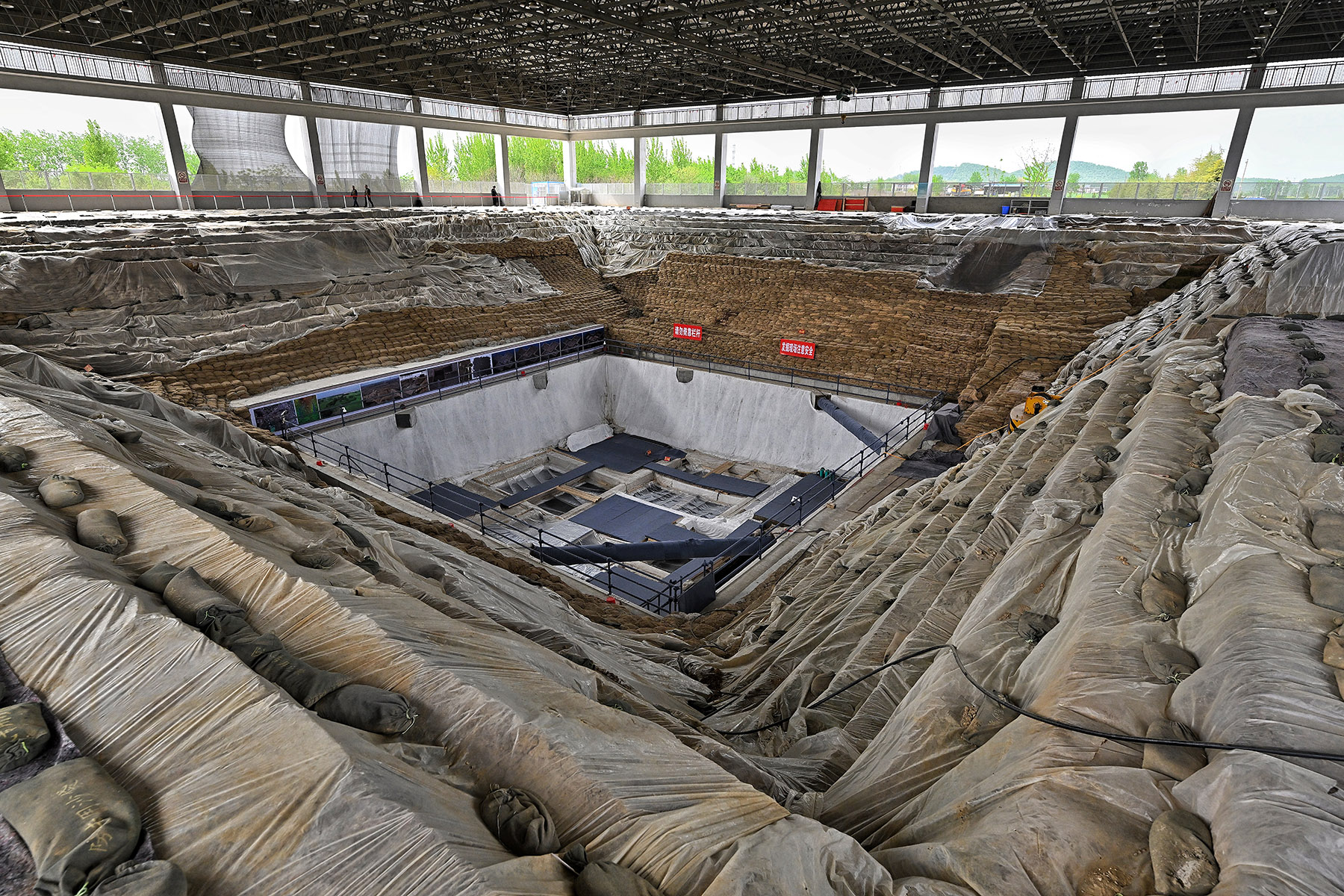
A15-meter-high mound at the Wuwangdun Site in Huainan, Anhui province, has long been recognized as an important tomb, and was listed as a key provincial cultural relic protection site in 1981. As China often takes protective measures for important tombs without necessarily excavating them, Wuwangdun could easily have continued to conceal its millennia-old stories.
However, its silence was shattered by grave robbers. While graves have been plundered throughout history, a major incident in 2015 was the last straw. When the public security authorities successfully cracked the case in 2018, archaeologists inferred from the confessions of the criminals and from field surveys that although many artifacts still lay buried, the underground environment had changed, leaving them exposed to damage. Consequently, an archaeological rescue project began in 2020 and the ongoing project has yielded exciting findings.
The Wuwangdun Site has been identified as a tomb belonging to the Chu, a vassal state to the Western Zhou Dynasty (c. 11th century-771 BC) from about 2,000 years ago. It is the largest in scale and most complex Chu structure excavated to date, and the tomb probably belonged to King Kaolie (290-238 BC) from the late Warring States Period (475-221 BC), said Gong Xicheng, deputy director of the Anhui Provincial Institute of Cultural Relics and Archaeology, and head of the project.
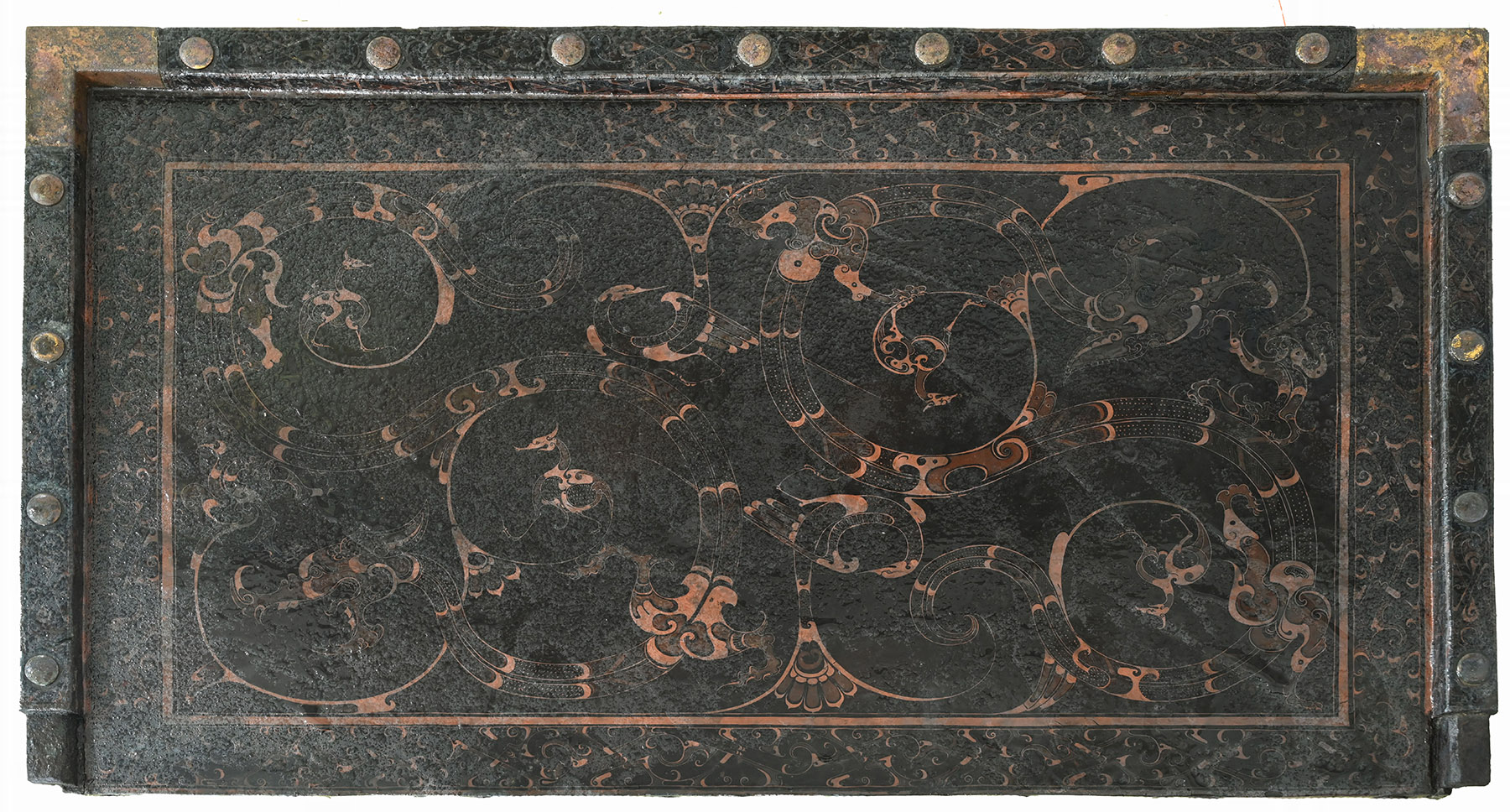
A large bronze ding (an ancient cauldron) and more than 3,000 exquisite artifacts, including bronze vessels, lacquerware, musical instruments, wooden figurines and a great number of animal and plant remains have been discovered.
Some 15 kilometers from the ruins of Shouchun city, the last Chu capital in Huainan, the site — which is actually a cemetery — houses more than just the large No 1 tomb.
This is believed to contain not just the king’s remains, but also a chariot and sacrificial pits, with smaller tombs accompanying the main tomb in an independent cemetery surrounded by a moat, all spread over an area of about 1.5 square kilometers.
The No 1 tomb is roughly square and has a tomb passage, a common Chu typology. “Based on our previous experience, large Chu tombs, while varying in level, basically adopt this format. This distinguishes them from tombs of the Qin state (another vassal state), which often have two or four tomb passages,” Gong said. Rulers of the Qin state later united China and founded the Qin Dynasty (221-206 BC).
One remarkable feature of the tomb is the presence of 21 levels of inwardly recessed steps leading to the bottom. The overall structure exhibits a well-organized arrangement. “The construction of steps is also a common practice in Chu tombs, and typically, the higher the social status of the tomb’s occupant, the more steps are found,” Gong said.
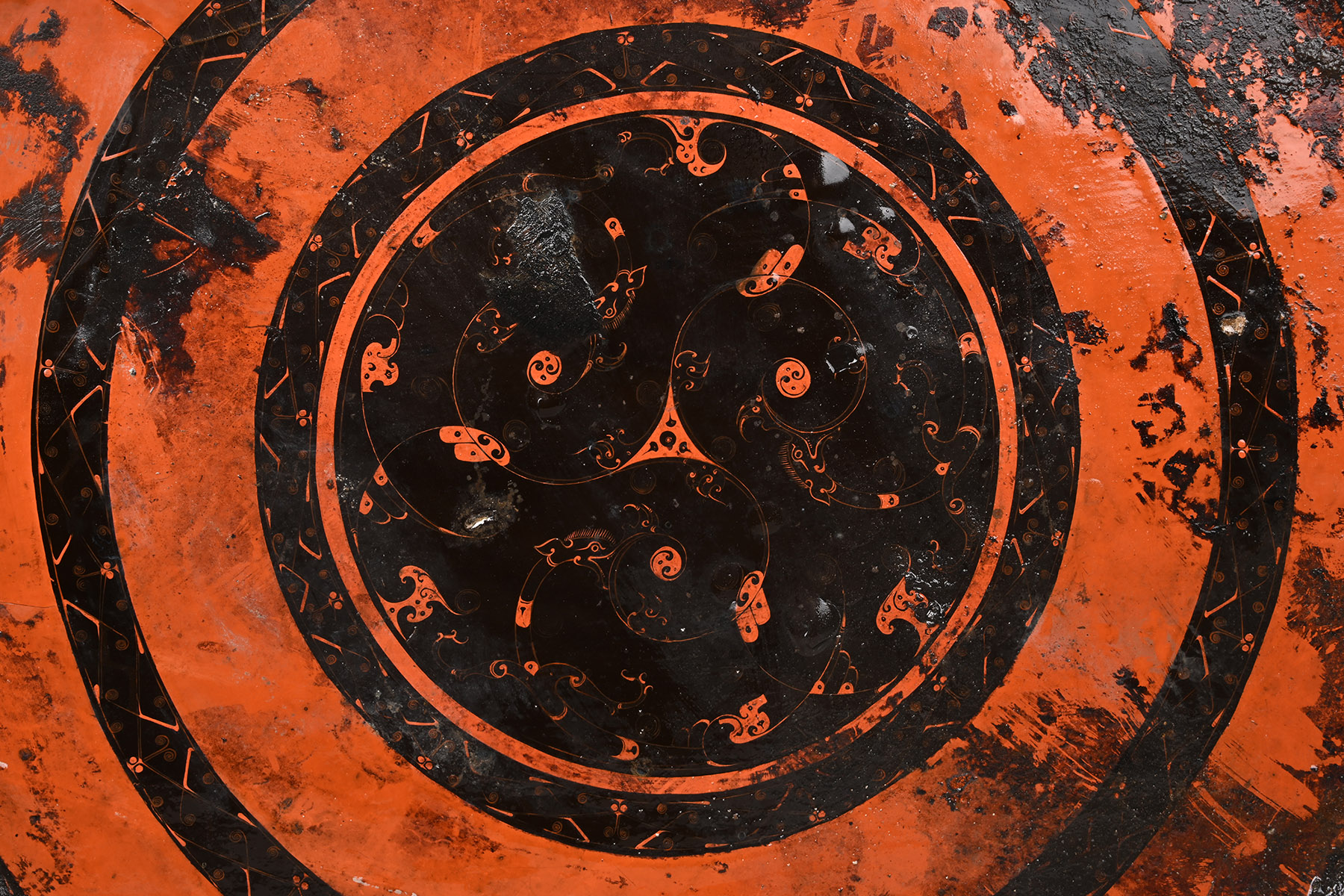
At the heart of the tomb lies a remarkable arrangement of burial chambers laid out in a cross shape, with eight side chambers surrounding a central chamber. “The nine-chamber structure represents the highest level of burial during that era. Previously, we had discovered a maximum of seven chambers in a Chu tomb,” said Xu Lianggao, a researcher with the Institute of Archaeology at the Chinese Academy of Social Sciences.
The side chambers contain funerary objects such as bronze vessels, wooden figurines and musical instruments, and it is presumed that the tomb’s occupant rests within the central chamber. Gong said that archaeologists are currently retrieving the funerary objects from the side chambers before they proceed to open the central chamber.
The chambers are covered in four layers of planks, some of which bear ink inscriptions. Archaeologists have carefully identified nearly 1,000 words using infrared cameras, and believe they are typical examples of the Chu language.
Some of the words have been deciphered, shedding light on the function of the chambers. For instance, in a northern chamber adorned with words related to music, instruments and dancing figurines have been discovered. Many more inscriptions are yet to be explained, promising further insights in the future.
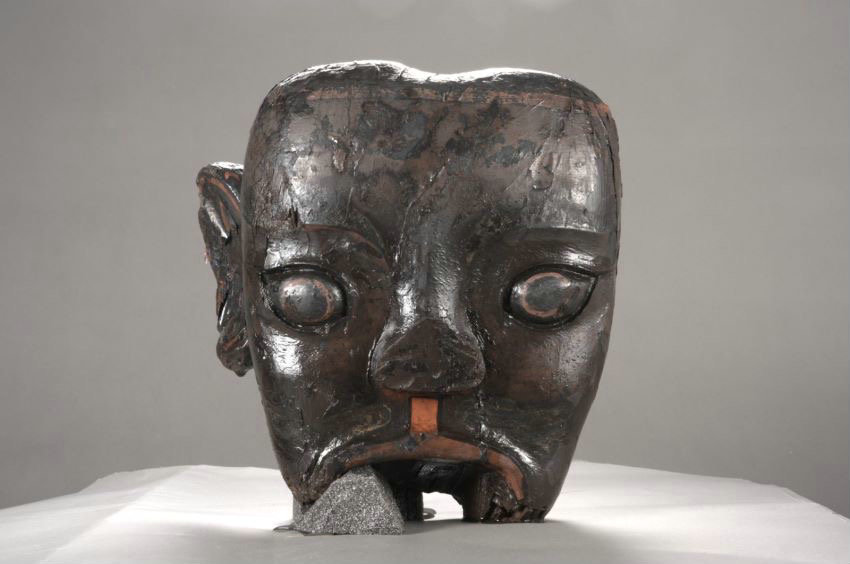
Sets of bronze vessels, probably for ritual use, have also been found, among them a ding, whose diameter exceeds 88 centimeters, making it larger than the Zhuke giant bronze ding, and it has become the largest such object ever found from Chu tombs.
The Zhuke ding was unearthed at the Lisangudui Site, about 14.5 kilometers from Wuwangdun and which is widely believed to be the tomb of King You of the Chu state, son of King Kaolie.
Archaeologists have found iron tools, probably used in building the tomb, which were well-preserved. “This means the tomb was well built and sealed,” said Gong Decai, a professor at the University of Science and Technology of China in Hefei, Anhui.
As archaeologists prioritize the protection of fragile artifacts, the primary focus has been on safely transferring the treasures to laboratories. Consequently, the initial items have predominantly been a large quantity of lacquerware artifacts. These include figurines, lacquer basins, plates, and even statues of tomb-guardian beasts.
There is a plan to relocate all the most important items to laboratories before the arrival of summer’s scorching heat, as high temperatures can harm the relics. The aim is to complete the entire project by the end of this year, with plans to create an archaeological park on the site in future, Gong Xicheng said.
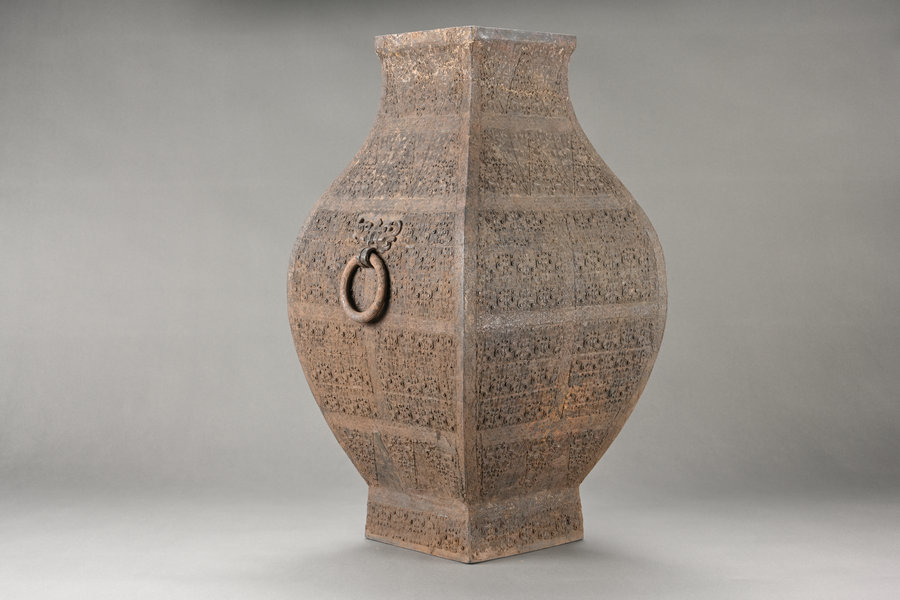
Evolving from a remote barbarian regime to one of the seven leading states of the Warring States Period, at their zenith, the Chu ruled a vast area along the middle and lower reaches of the Yangtze River.
The influential state endured for nearly 800 years until its defeat by the Qin state in 223 BC. Just two years later, the Qin founded China’s first unified dynasty.
“During the Warring States Period, different states had different cultural practices. Chu tombs possess their own unique features,” said Zhang Changping, an archaeology professor at Wuhan University. “For instance, the tombs of ordinary people are often laid together, forming a large burial area, while those of the nobility are typically arranged in an independent manner.”
Zhang said the Chu tomb in Shouchun has features borrowed from the Jiangling area in Jingzhou, Hubei province, the area the Chu originally occupied. This means that although the Chu moved their capital eastward to Shouchun, more than 600 km from Jiangling, cultural inheritance was not interrupted.
According to Xu, the researcher, archaeologists have excavated nearly 10,000 Chu tombs so far, belonging to almost every level of official and aristocracy, but none of them reached the level of the Wuwangdun Site.
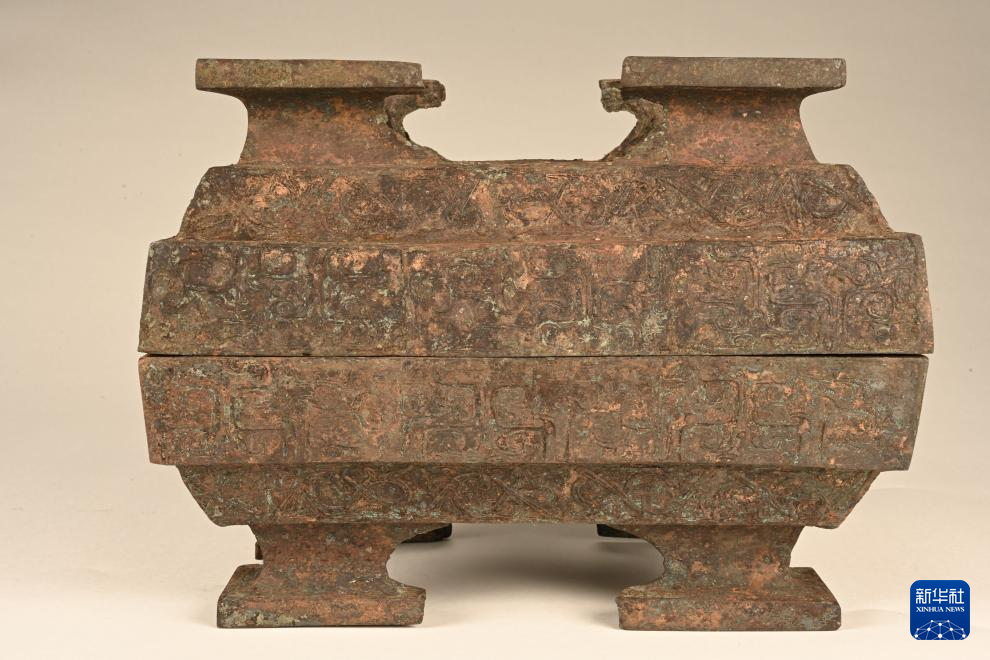
The Lisangudui Site near Wuwangdun was plundered and damaged in the 1930s. From the artifacts retrieved, archaeologists were able to determine the identity of the tomb’s occupant, but were unable to uncover more detailed information about the damaged tomb. This led to a great deal of debate over the tomb and its construction.
Now, some of those mysteries may hopefully have been answered. For example, according to witnesses in the 1930s, the Lisangudui Site had nine burial chambers, but after they were destroyed, archaeologists could only debate how the chambers might have been arranged, Xu said. Now the Wuwangdun tomb offers a plausible answer, he said.
An experts’ symposium on May 14 suggested that, judging from scale, structure, unearthed written materials and historical literature, the owner of the tomb is probably King Kaolie of Chu.
In 241 BC, King Kaolie moved the Chu capital eastward to Shouchun to distance the state from the rising Qin state to the west. However, 18 years later, Shouchun was conquered by the Qin.
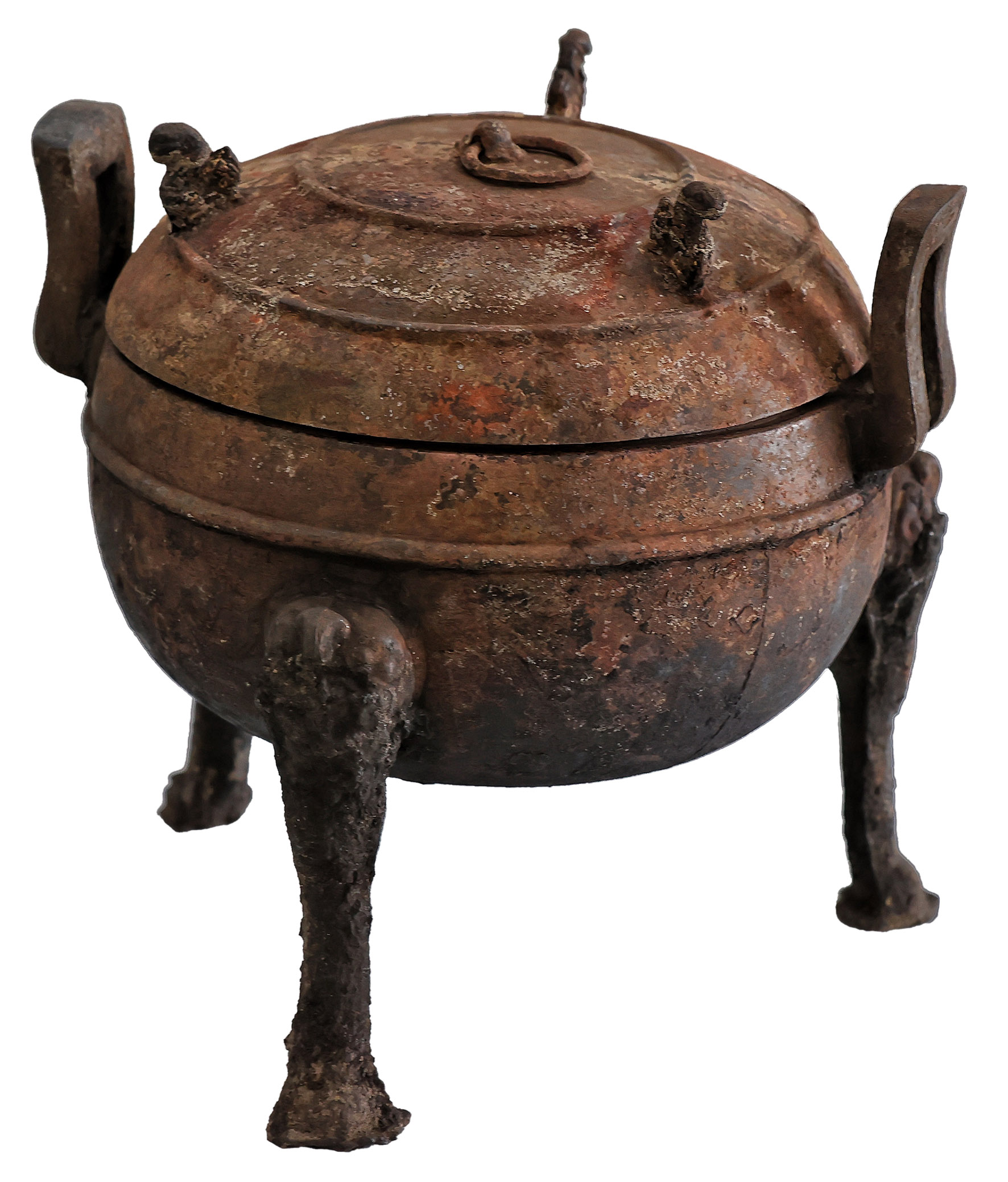
“We generally believed the relocation of the Chu capital was a sign they were weakening,” said Xu. “But the scale, type, building style and rich funerary objects at the Wuwangdun Site indicate the Chu still possessed significant strength in Shouchun. This enhances our understanding of the wider political landscape just before the establishment of the Qin Dynasty.”
The understanding of the Wuwangdun Site is the culmination of decades of archaeological work on tombs and studies of Chu culture.
“We first started to excavate Chu tombs in Changsha, Hunan province, in the 1950s; the Jinan city ruins in Jingzhou, an important Chu capital during the early stage of the Warring States Period, in the 1970s; and the Shouchun city ruins in the 1980s. They all deepened our understanding of Chu tombs,” Zhang said.
“Each individual archaeological endeavor provides us with a fragment of historical information. It is our responsibility to connect these fragments from different periods into a comprehensive framework, to recreate the social landscapes of ancient times.”


